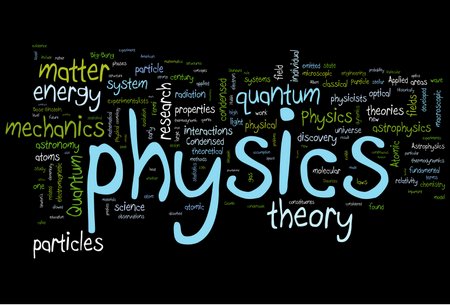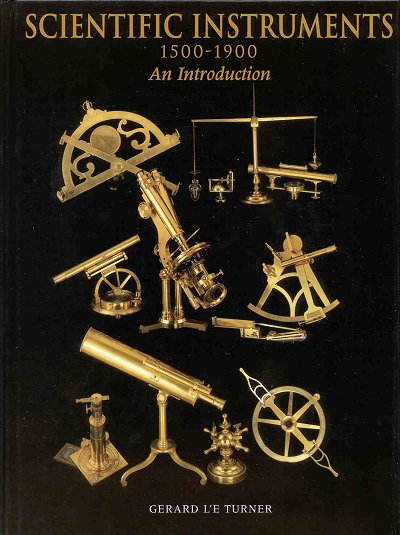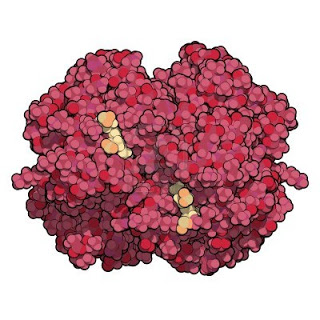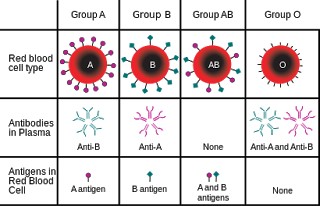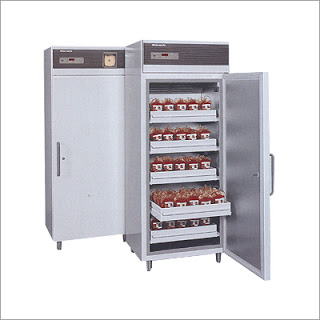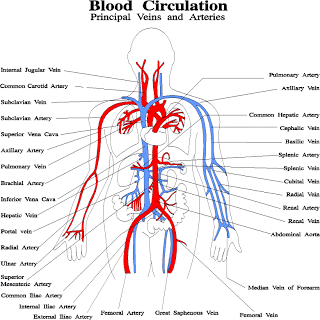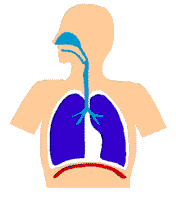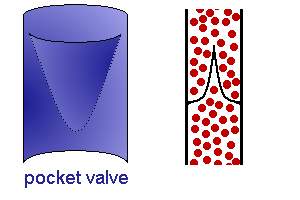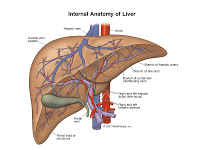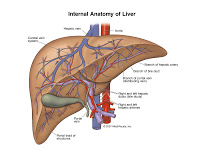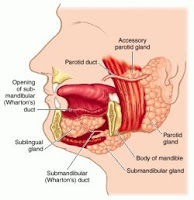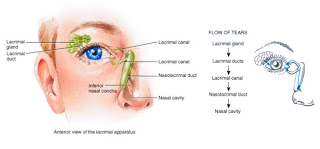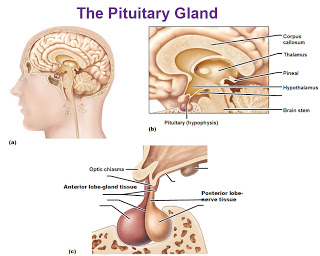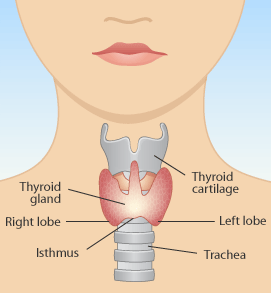SCIENTIFIC INSTRUMENTS AND THEIR USES
Altimeter, A kind of aneroid barometer, used mainly to read an approximate height of the aer plane above the ground.
Ammeter, Instrument used for measuring the strength of an electric current.
Anemometer, Instrument used to measure the velocity of the wind and to indicate its direction.
Audiometer, Instrument for measuring differences in hearing.
Barometer, An apparatus to measuring the atmospheric pressure. It greatly helps in forecasting meteorological conditions. A barometer having mercury as the barometer substance is called Fortin’s Barometer and the other having no fluid is called Aneroid Barometer.
Binocular, An optical instrument designed for the magnified view of the distant object by both eyes simultaneously.
Calipers, an instrument for measuring the distance between two points.
Calorimeter, an instrument for measuring quantities of heat.
Read Also: SCIENTIFIC INSTRUMENTS AND APPLIANCES -A
Chronometer, an accurate clock to determine longitude of a vessel at sea.
Clinical thermometer, thermometer for measuring the temperature of Human body. The clinical thermometer in India will henceforth be calibrated in centigrade scale instead of Fahrenheit scale.
Calorimeter, an instrument for comparing intensities of colors.
Commutator, an instrument to change or reserve the direction of an electric current. In dynamo used to convert into direct current.
Computer, a device designed to find an instantaneous solution of huge and complex calculations based on the information already fed.
Drinker’s apparatus, a device to revive respiration artificially.
Dynamo, device for converting mechanical energy into electrical one.
Dynamometer, an instrument for measuring the electrical power.
Electroscope, an instrument for detecting the presence of electric charge.
An electrostatic generator, a machine meant for the continuous separation of electric charge.
Episcope, an instrument for projecting images of opaque objects.
Galvanometer, instrument to measure electric current
Must Read: SCIENTIFIC INSTRUMENTS AND APPLIANCES B-C
Hydrometer, apparatus for measuring the relative density of solids and liquids.
The Hydrophone, an instrument for measuring sound under water.
Hygroscope, an instrument to show the change in atmosphere humidity.
Lactometer, instrument for measuring the relative density of milk
Magneto, a small dynamo used for igniting petrol vapour in a petrol internal-combustion engine.
Magnetometer, an instrument used to compare the magnetic moments and fields.
Manometer, instrument to measure the pressure of gases.
Mariner’s compass, an apparatus for determining the directions. It consists of a magnetic needle which is graduated to indicate 32 directions. The N-point on the dial indicates north pole and the S point, south pole.
Micrometer, an instrument used for accurately measuring small distances o angles.
Microscope, apparatus for having a magnified view of near objects.
Microtome, an instrument used for cutting thin sections of material for microscopic examination.
Periscope, a device for viewing objects lying above the eye-level of the observer, and whose direct vision is obstructed. It consists of a tube bent mirror at these bends inclined at angles of 45 degrees to the tube.
Photometer, an instrument for comparing the luminous intensity of the source of light .
Pyrheliometer ,instruments for measuring solar radiations.
Pyrometers, thermometers to measure high temperature.
Quadrant , instruments for measuring altitudes and angles in navigation and astronomy .
Don’t Miss: SCIENTIFIC INSTRUMENTS AND APPLIANCES D-E
Quartz clock , a highly accurate clock used in astronomical observations and other precision work.
Radar means Radio, Angle , Direction and range. It is an electronic device used to detect and pinpoint the location of a flying aircraft.
Radiator (in the car), an apparatus attached to the engine of the car to serve as a revolving agent by radiating the heat generated by the engine.
Radio-micrometer instruments for measuring heat radiations.
Rain gauge, apparatus for measuring rainfall.
Resistance thermometer, the thermometer for determining the electrical resistance of a conductor.
Salinometer , a type of hydrometer used for determining the concentration of salt solutions by measuring their densities.
Seismograph , instruments for recording earthquake shocks.
Sextant , instruments used for the measurement of angular distances between two objects.
Spectroscope , an instrument used for spectrum analysis.
Spectrometer , a type of spectroscope so calibrated as to make it suitable for the precise measurement of refractive indices.
Spherometer , an instrument used for measuring the accurate measuring the curvature of spherical objects.
Sphygmomanometer , apparatus for measuring blood pressure.
Also, Read: SCIENTIFIC INSTRUMENTS AND APPLIANCES G-H
Stereoscope , an optical device to see two-dimensional pictures as having depths and solidity.
Stethoscope , a medical instrument for hearing and analyzing the sound of heart and lungs.
Stroboscope , an instrument used for viewing the objects moving rapidly with the periodic motion and to see them as if they were at rest.
Tangent galvanometer , an instrument used for measuring the strength of the direct current.
Telemeter , apparatus for recording physical-events happening at a distance.
Teleprinter , a machine for an automatic painting of telegraphic messages received from distant places.
Telescope , an instrument for viewing distant objects as magnified.
Television , an instrument used for transmitting the visible moving images by means of wireless waves.
Transistor , a device which may be used to identify currents and perform other functions usually performed by a thermionic valve.
Vernier , adjustable scale with the marking of 10 sub-divisions of 9/10 of an inch or any other suitable markings for measuring sub-divisions of scale.
Viscometer ,Instrument for measuring the viscosity i.e. the property o resistance of a fluid to relative motion with itself.
Voltmeter ,an instrument to measure the potential difference between two points.
Have a look at:
SCIENTIFIC INSTRUMENTS AND APPLIANCES I-K-L-M
SCIENTIFIC INSTRUMENTS AND APPLIANCES P-Q-R
